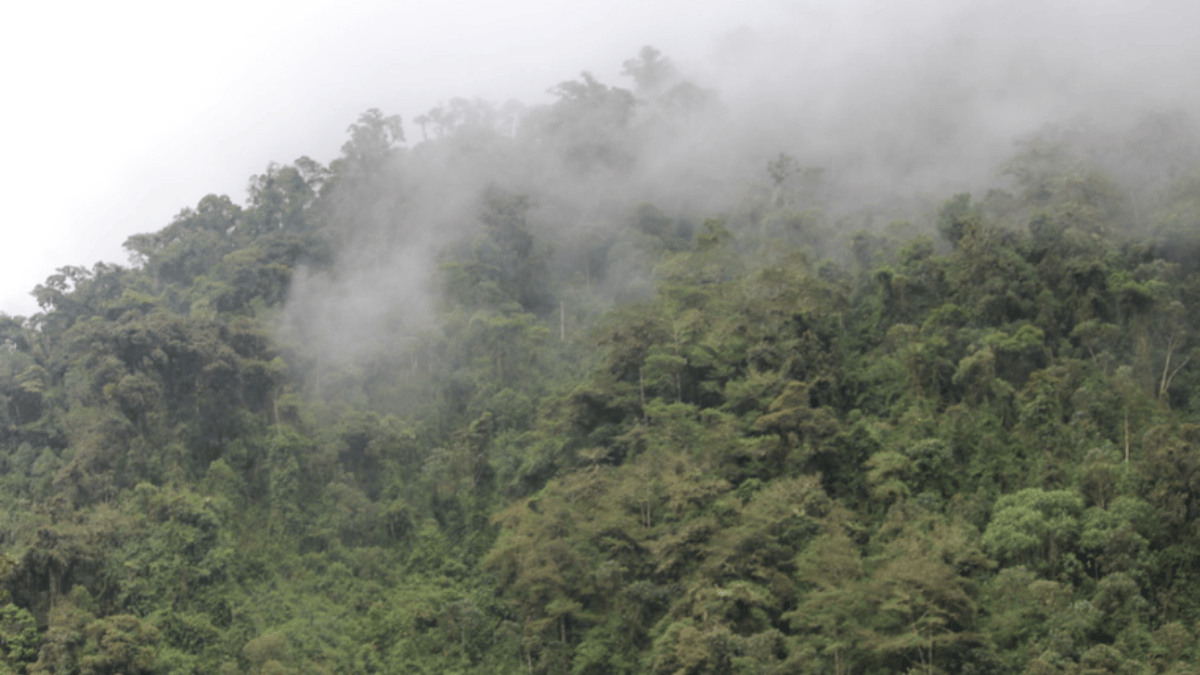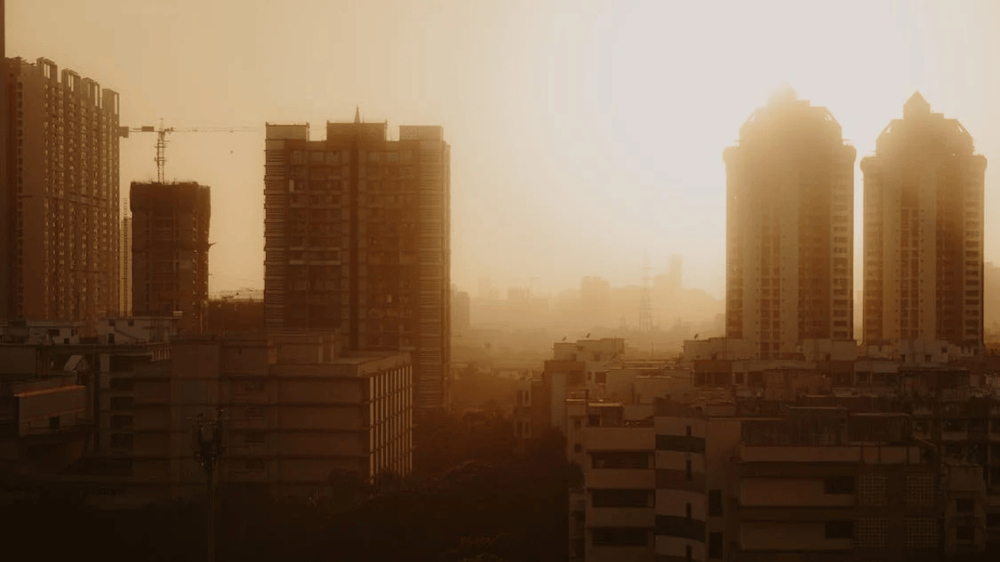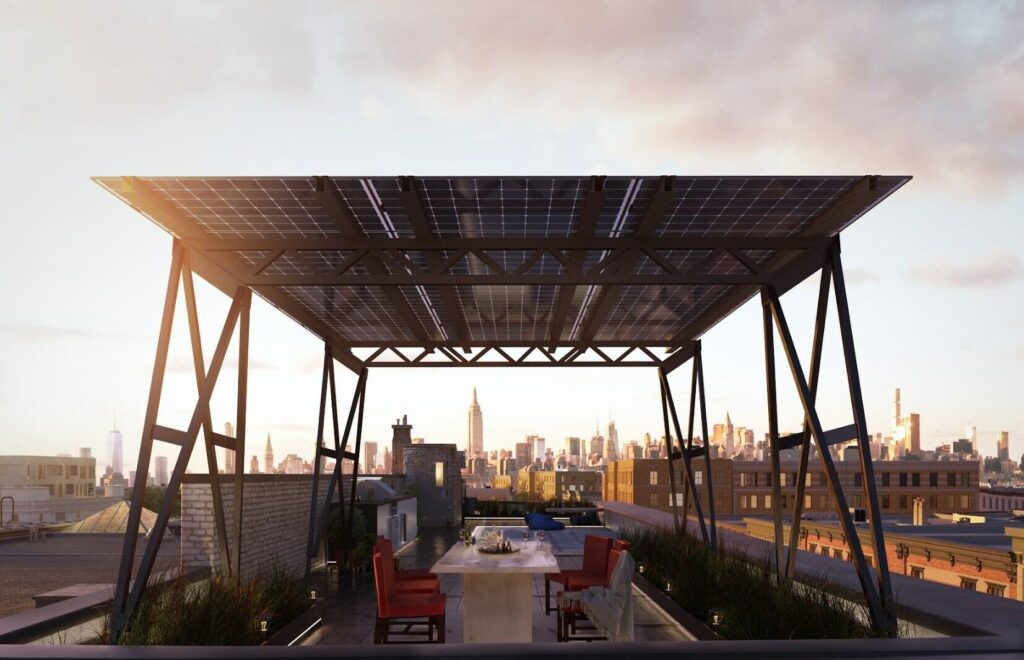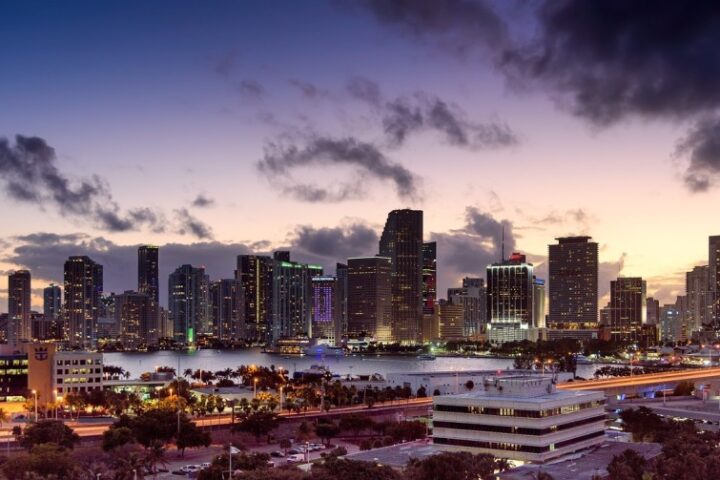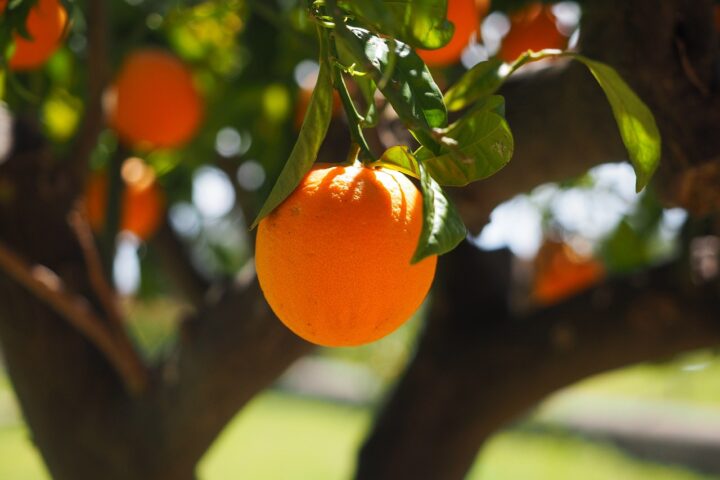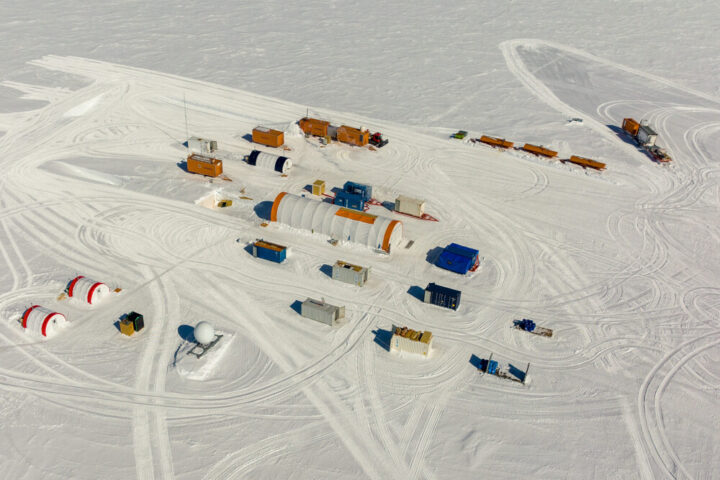In the ongoing global pursuit of sustainable solutions to combat climate change, recent studies have illuminated the pivotal role that diverse forests play in the intricate web of carbon capture and greenhouse gas emission reduction. This article delves into the findings of a groundbreaking study that explores the relationship between the biodiversity of forests and their carbon sequestration capabilities, shedding light on the interdependence between diverse ecosystems and the broader goals of mitigating climate change.
The comprehensive study, conducted by a collaborative team of ecologists, climate scientists, and environmental researchers, focused on analyzing the carbon capture potential of forests with varying levels of biodiversity. The research spanned diverse geographical locations, encompassing tropical rainforests, temperate woodlands, and boreal forests, to provide a holistic understanding of the global implications.
The study estimates that natural forest recovery could capture approximately 226 Gigatonnes (Gt) of carbon, but only if we also reduce greenhouse gas emissions. Achieving these results requires community-driven efforts to conserve and restore biodiversity.
Forest Carbon Potential: An Overview
Due to ongoing deforestation, the total amount of carbon stored in forests is approximately 328 Gt below its natural state. Of course, much of this land is used for extensive human development including urban and agricultural land. However, outside of those areas, researchers found that forests could capture approximately 226 Gt C in regions with a low human footprint if they were allowed to recover. Approximately 61 percent of this potential can be achieved by protecting existing forests so that they can recover to maturity. The remaining 39 percent can be achieved by reconnecting fragmented forest landscapes through sustainable ecosystem management and restoration.
“Most of the world’s forests are highly degraded. Many people have never been in one of the few old-growth forests that remain on Earth,” said Lidong Mo, a lead author of the study. “To restore global biodiversity, ending deforestation must be a top priority.”
Similar Posts
The following are a few key points that are studied to get a better picture of what’s happening:
- The study revealed a compelling correlation between the biodiversity of forests and their ability to capture and store carbon. Diverse ecosystems, characterized by a rich variety of plant and animal species, exhibited higher rates of carbon sequestration compared to monoculture forests.
- Researchers observed intricate interactions between different species within diverse forests that enhance carbon storage. Mutualistic relationships, such as those between trees and mycorrhizal fungi, contribute to healthier and more resilient ecosystems with increased carbon retention capacities.
- Diverse forests showcased greater resilience to climate variability, indicating that they can continue to sequester carbon effectively even in the face of changing environmental conditions. This resilience is vital in the context of a rapidly changing climate.
“Only when healthy biodiversity is the preferred choice for local communities will we get long-term carbon capture as a byproduct,” says Thomas Crowther, the senior author of the paper and a professor at ETH Zurich.
This study brings to light the critical importance of natural, diverse forests in contributing to 30 percent of carbon drawdown potential. However, forests cannot be a substitute for cutting fossil fuel emissions. If emissions continue to rise, the study warns, then ongoing droughts, fires, and warming will threaten forests and limit their ability to absorb carbon.
The recent study unravels a crucial link between the biodiversity of forests and their capacity for carbon capture, thereby influencing global strategies for mitigating climate change. As we navigate the complex landscape of environmental conservation, understanding and leveraging the interdependence between diverse forests and greenhouse gas emission reductions emerges as a key pillar in building a sustainable and resilient future.
